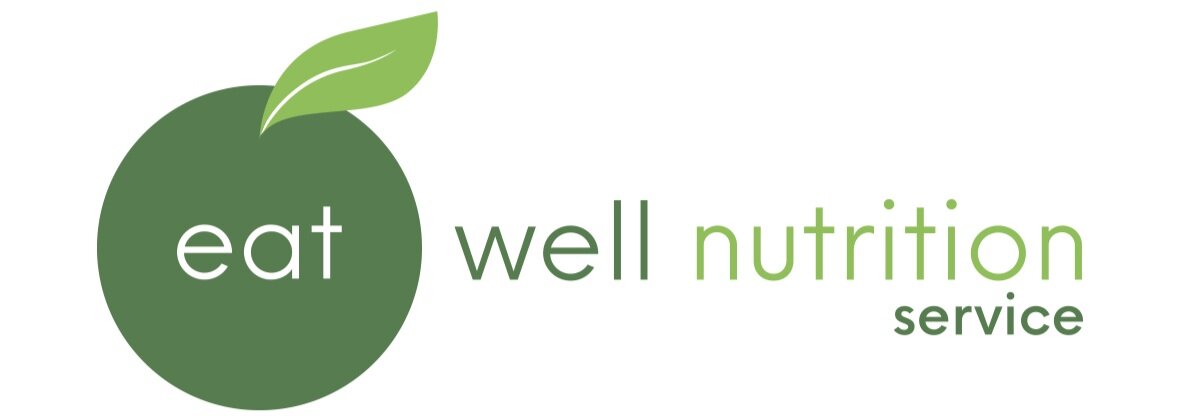Improving Pureed Meals
Texture modification is aimed at making chewing and swallowing easier and safer for individuals diagnosed with dysphagia. Reduced oral intake, malnutrition and aspiration are all possible outcomes if dysphagia is not managed with the proper treatment. Texture-modified diets are an important component of dysphagia management and require the proper processing of food to achieve a safe desired texture.
We often find that residents on a smooth puree diet are at a high risk of poor intake and malnutrition. This can be due to the following common issues:
Meals have been watered down to ensure they are the right consistency but as a result nutritional value is reduced.
Meals look sloppy and unappetising, meaning less food is often eaten.
Foods have been blended altogether. With no separation of meats, vegetables and grains meals look unappealing and it is difficult for residents to know what they are eating.
The smooth puree menu has limited variety.
Mid meal snacks are often overlooked on texture modified menus, leaving minimal or no choices available for morning and afternoon tea.
Smooth puree meals are served to those only requiring a minced and moist diet. This can happen if it is seen to be easier to puree everyone’s meal, staff are uneducated in regards to texture modification, or the kitchen has incorrect equipment to mince correctly.
With some planning, the nutritional quality and taste of texture modified diets can be improved. Here are some tips and tricks to improve the appeal and nutrition of texture modified meals within your facility:
Plan your menu so that majority of meals are able to be adapted into all three textures: soft, minced and moist, and smooth puree.
Organise regular education for food service and care staff in regards to texture modified meals and why it is so important to get it right. Check out our You-Tube channel for educational videos on different meal textures and thickened fluids – www.youtube.com/user/EatWellNutrition
Offer a variety of foods and experiment with ways to enhance flavours of meals on smooth puree menus. Adding fats (butter, cream, cheese etc) and sugars (honey, sugar, syrups etc.) can not only enhance flavour, but also the nutritional value of meals.
Regular audits can be helpful to ensure food particle size meets texture standards. Also monitor portions being served to ensure residents are receiving enough at meal times.
Standardise recipes to help promote consistency.
Mid Meal Smooth Puree Snack Ideas
Jelly cake
Mousse- smooth
Yoghurt
Puree fruit
Thick smooth custard
Fruche
Fromage frais
Creme Caramel/brulee
Puree rice pudding
Puree cake with custard & cream
Fruit smoothie -no lumps, blended well
Mashed banana (no lumps)
Cheesecake (no base)
Crustless Lemon tart with cream
Jelly (only appropriate if not on thickened fluids)
Smooth ricotta with berry syrup OR smooth dip (eg spinach, salmon)
Bavarois
Panna cotta
Presentation
In addition to offering variety and appropriate texture, consider how to make these meals visually more appealing. Some tips include:
Preparing gelled dishes
Using food moulds to recreate the original look of the food components, rather than serving all the meal with a scoop
Using piping methods
Soaking breads, cakes and even sandwiches (with puree fillings)
Texture-modified meals don’t need to be unappealing and bland. Often those requiring texture modified diets are the most at nutritional risk. These meals therefore require effort and planning to ensure they are presented attractively and meet nutritional requirements.
Reference: A Kitchen Manual for Preparation of Modified Texture Diets (2nd Edition), Janet Martin (APD)
